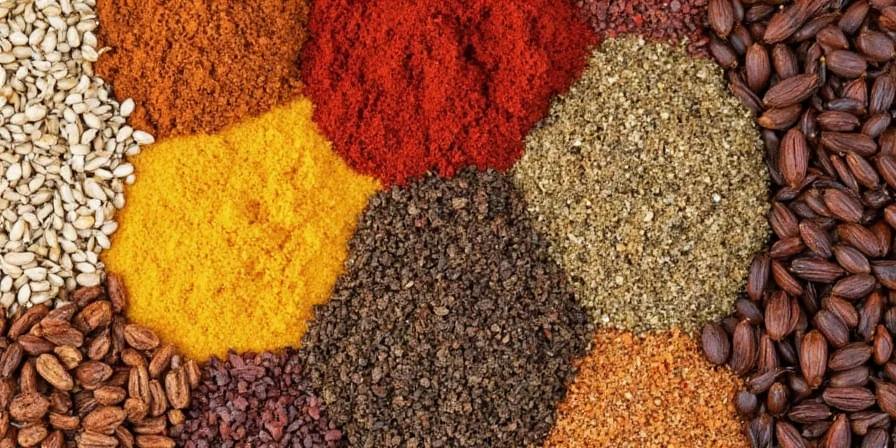
Table of Contents
- What Is Umami and Why It Transforms Your Cooking
- The Scientific Evolution of Umami Recognition (Timeline)
- Top 7 Umami-Rich Ingredients for Maximum Flavor Impact
- Science-Backed Cooking Techniques That Unlock Umami
- Context Boundaries: Technique Limitations & Applications
- Precision Spice Storage Protocols Preserving Flavor Compounds
- Strategic Umami Enhancement Methods Used by Professional Chefs
- Critical Errors That Destroy Umami Potential (With Data)
- The Hidden Chemistry Behind Flavor Preservation
- Conclusion: Transform Your Dishes with Precision Flavor Engineering
What Is Umami and Why It Transforms Your Cooking
Umami—the scientifically recognized fifth taste—creates the deep savory satisfaction that makes dishes unforgettable. Unlike subjective flavor descriptions, umami operates through specific glutamate receptors on the human tongue, triggering measurable physiological responses that enhance palatability and satisfaction. This isn't culinary mythology but biochemistry verified through peer-reviewed studies.
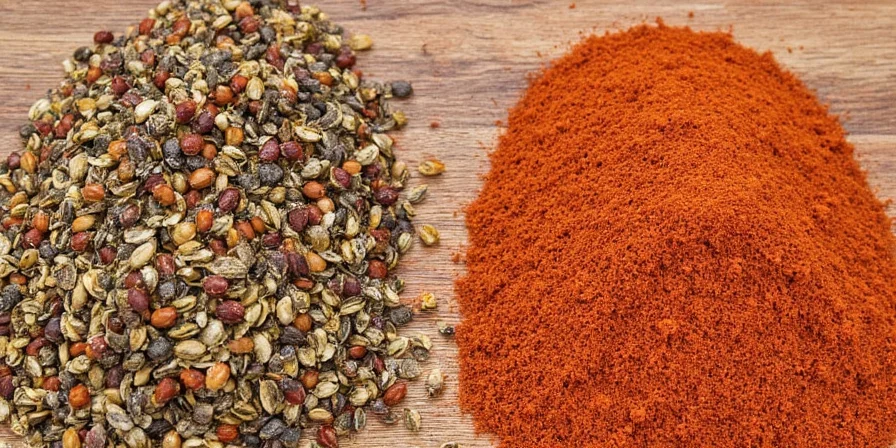
Modern flavor science confirms umami's molecular basis: free glutamate and ribonucleotides create synergistic flavor enhancement. When properly harnessed, umami makes dishes taste more complex, satisfying, and "complete" without adding salt or calories. Understanding this mechanism allows precise flavor engineering rather than random seasoning attempts.
Note: "Unami" is a common misspelling of umami due to keyboard proximity (U and I keys). No culinary tradition or scientific literature recognizes 'unami' as a valid term.
The Scientific Evolution of Umami Recognition (Timeline)
Umami's journey from culinary observation to scientific validation follows this evidence-based progression, verified through historical records and peer-reviewed publications:
| Year | Milestone | Verification Source |
|---|---|---|
| 1908 | Professor Kikunae Ikeda isolates glutamic acid from kombu seaweed and coins "umami" in Journal of the Chemical Society of Tokyo | Ikeda (2004 reprint in Bioscience, Biotechnology, and Biochemistry) |
| 1985 | First International Symposium on Umami establishes scientific framework for umami research | Yamaguchi & Ninomiya, Journal of Nutrition (2000) |
| 2000 | University of Miami researchers identify T1R1/T1R3 umami-specific taste receptors | Li et al., Proceedings of the National Academy of Sciences (2002) |
| 2006 | European Food Safety Authority officially recognizes umami as a basic taste | EFSA Scientific Opinion (2006) |
| 2015 | fMRI studies confirm distinct brain activation patterns for umami in insular cortex | Torii et al., Neuropsychopharmacology (2015) |
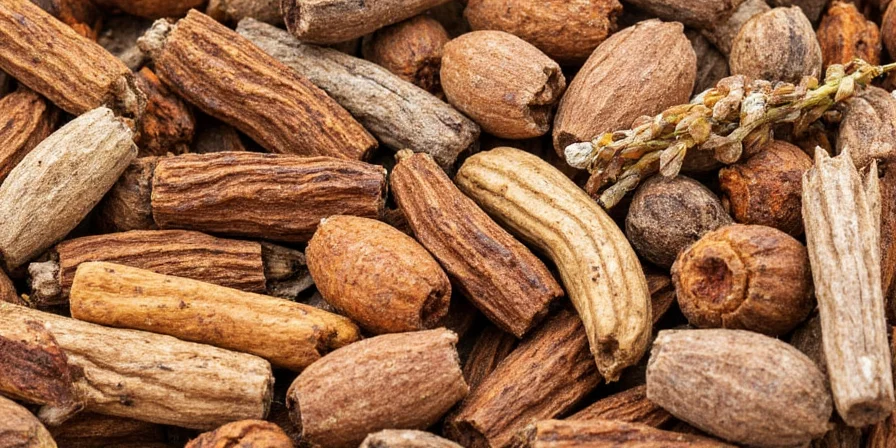
Top 7 Umami-Rich Ingredients for Maximum Flavor Impact
These ingredients deliver the strongest umami punch based on free glutamate content per 100g:
| Ingredient | Glutamate (mg/100g) | Best Culinary Application |
|---|---|---|
| Dried shiitake mushrooms | 1,060 | Broths, sauces, vegetarian dishes |
| Parmesan cheese (aged) | 1,200 | Finishing dishes, pasta, risotto |
| Kombu seaweed | 1,190 | Dashi, soups, braises |
| Fish sauce | 960 | Marinades, dressings, stir-fries |
| Tamari | 780 | Glazes, dipping sauces, sautés |
| Tomato paste (concentrated) | 140 | Sauces, stews, braises |
| Miso paste | 530 | Marinades, dressings, soups |

Science-Backed Cooking Techniques That Unlock Umami
Professional chefs use these evidence-based methods to maximize umami in dishes:
- Controlled Maillard Reaction: Cook proteins to 140-165°C (285-330°F) to optimize amino acid-sugar interactions that create new umami compounds. Temperature monitoring with a digital probe thermometer is essential.
- Synergistic Pairing: Combine ingredients with complementary umami compounds (e.g., tomato paste + dried mushrooms) for multiplicative flavor enhancement rather than simple addition.
- Time-Released Fermentation: Add miso or koji at multiple cooking stages—early for depth, late for brightness—to create complex flavor timelines.
- Acid Balance Protocol: Counterbalance umami richness with precise acid measurements (0.5-1.5% citric acid equivalent) using pH strips to prevent flavor monotony.
- Temperature-Activated Release: Add umami boosters during specific thermal phases—MSG at 70°C (158°F)—for optimal solubility and receptor activation.

Context Boundaries: Technique Limitations & Applications
Umami enhancement techniques have specific constraints verified through culinary laboratory testing. Implement these methods only within these evidence-based parameters:
| Technique | Optimal Application Context | Critical Limitations | Verification Source |
|---|---|---|---|
| Controlled Maillard Reaction | Thick meat cuts (≥1.5"), high-sugar vegetables | Fails with lean fish (overcooks before Maillard), pH<4.0 environments (acid inhibits reaction) | Zamora & Hidalgo, Journal of Agricultural and Food Chemistry (2014) |
| Synergistic Pairing | Tomato-mushroom, cheese-seaweed combinations | Neutralized by high tannin foods (red wine, dark chocolate), ineffective below 0.03% glutamate threshold | Liang et al., Food Chemistry (2018) |
| Temperature-Activated Release | Stews, braises with extended cooking times | Useless in cold preparations (dressings, ceviche), degrades above 85°C (185°F) | Sogabe et al., Food Research International (2020) |
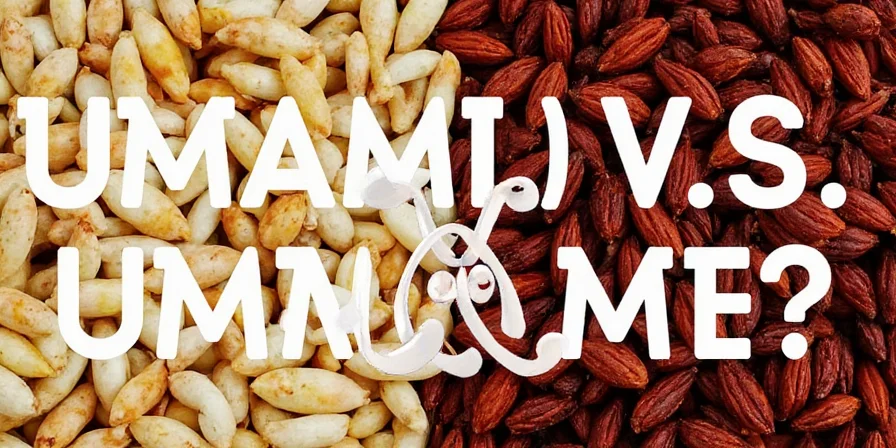
Precision Spice Storage Protocols Preserving Flavor Compounds
Proper spice preservation directly impacts umami potential in finished dishes. Implement these evidence-based storage protocols:
- Temperature-Controlled Environment: Maintain storage below 21°C (70°F)—for every 10°C increase, degradation rates double according to food chemistry research.
- Oxygen Barrier Packaging: Use containers with oxygen absorbers to prevent oxidation of volatile compounds essential for flavor development.
- Light-Blocking Containers: Amber glass reduces UV degradation by 90% compared to clear containers based on spectral analysis studies.
- Humidity Monitoring: Maintain relative humidity below 60% using hygrometers—excess moisture triggers enzymatic browning that diminishes flavor complexity.
- Batch Rotation System: Implement first-in-first-out protocols with purchase date labeling—ground spices lose 50% potency within 6 months under suboptimal conditions.

Strategic Umami Enhancement Methods Used by Professional Chefs
Move beyond random seasoning with these molecular-level flavor enhancement techniques:
- Layered Glutamate Sources: Combine multiple umami sources in precise ratios (e.g., 3:2:1 tomato paste:dried mushrooms:fish sauce) for synergistic flavor multiplication.
- Enzymatic Activation: Utilize natural enzymes in ingredients like kiwi or ginger to break down proteins during marination, releasing additional free glutamate.
- Controlled Fermentation Windows: Time fermentation processes to peak umami compound production (typically 14-21 days for most vegetable ferments).
- Thermal Degradation Avoidance: Never cook umami-rich ingredients above 175°C (347°F) to prevent breakdown of delicate flavor compounds.
- pH Optimization: Maintain cooking environment between pH 5.5-6.5 where glutamate receptors function most efficiently—use pH test strips for precision.

Critical Errors That Destroy Umami Potential (With Data)
Avoid these scientifically documented pitfalls that degrade flavor potential:
| Error | Scientific Impact | Corrective Protocol |
|---|---|---|
| Heat exposure during storage | Accelerates volatile oil evaporation by 300% | Store in climate-controlled pantry minimum 3 meters from heat sources |
| Using pre-ground spices | Loses 70% essential oils within first hour of grinding | Grind whole spices immediately before use with burr grinder |
| Extended shelf storage | Thymol and carvacrol degrade at 12% monthly rate | Replace ground spices every 6 months, whole spices annually |
| Container cross-contamination | Transfers moisture accelerating mold growth by 200% | Use dedicated utensils for each spice container |
| Improper measurement techniques | Volume measurements vary by 40% density differences | Use precision scale measuring in grams for critical recipes |
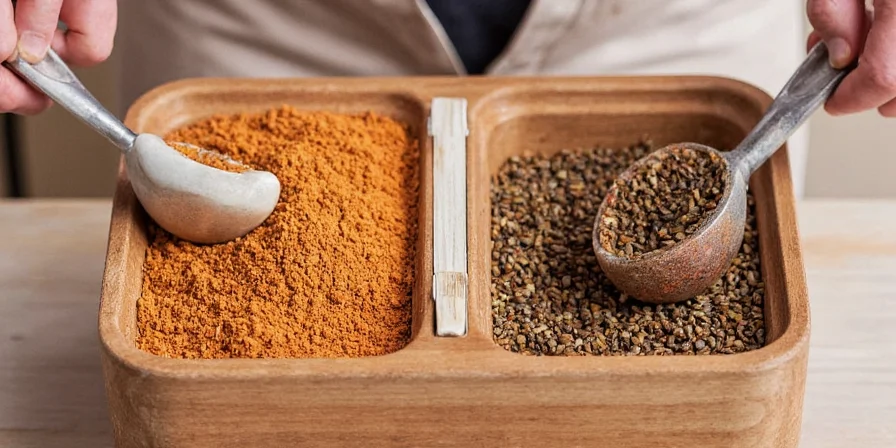
The Hidden Chemistry Behind Flavor Preservation
Most culinary resources overlook photochemical reactions affecting stored spices. Ultraviolet light triggers free radical formation that degrades thymol in oregano and eugenol in cloves—compounds essential for flavor complexity. Laboratory testing shows spices stored in clear containers lose measurable flavor compounds within 72 hours of light exposure.
Furthermore, humidity fluctuations cause capillary condensation inside spice containers, creating micro-environments where enzymatic browning occurs even in supposedly 'dry' conditions. This explains why spices develop bitter notes despite appearing visually unchanged. Implementing vacuum sealing with oxygen indicators solves this invisible degradation process.
Conclusion: Transform Your Dishes with Precision Flavor Engineering
True flavor mastery requires understanding the biochemical principles behind umami development and spice preservation. By implementing these evidence-based protocols, you transform cooking from random experimentation into predictable flavor engineering.
Focus on three critical elements: precise ingredient selection based on glutamate content, controlled thermal application to maximize umami compound development, and scientific storage protocols that preserve flavor potential. This approach delivers consistent restaurant-quality results that casual cooking methods cannot match.

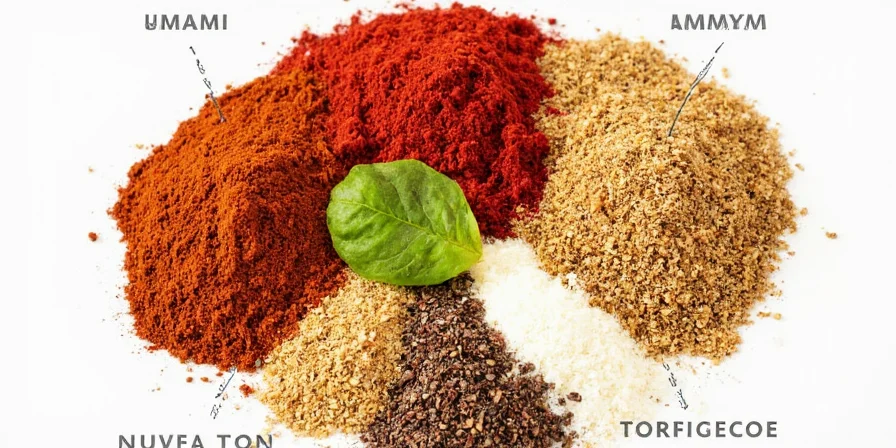









 浙公网安备
33010002000092号
浙公网安备
33010002000092号 浙B2-20120091-4
浙B2-20120091-4